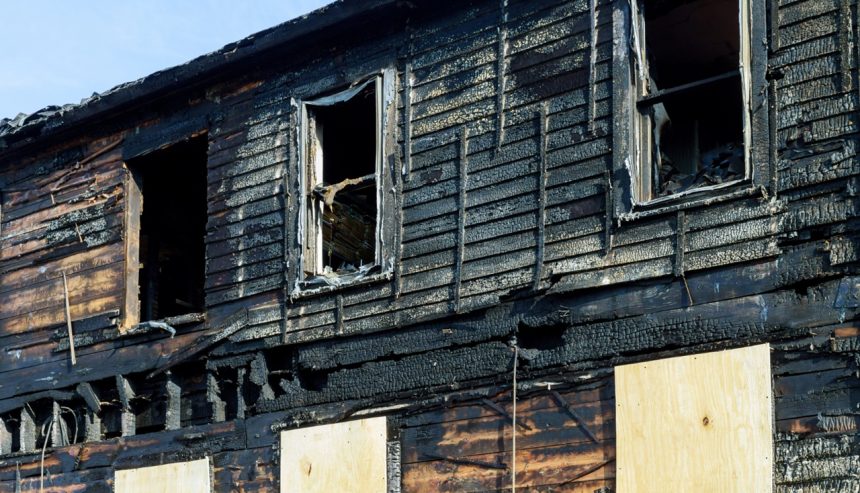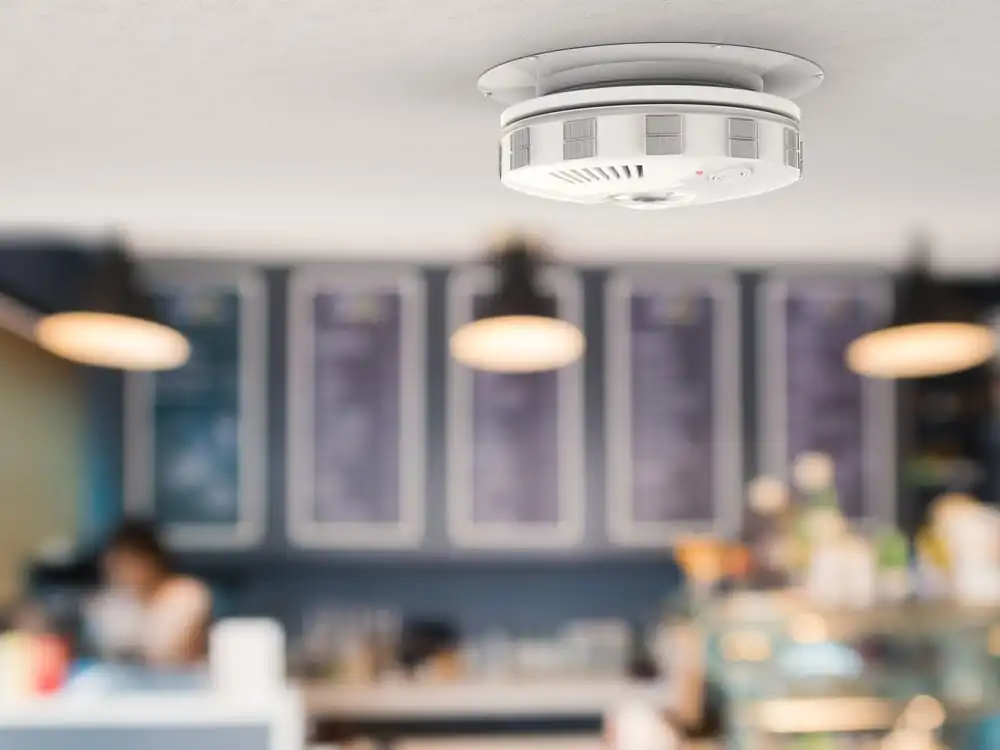Experiencing a fire in your house can be overwhelming and scary. Fires can leave a trail of destruction that affects both the building and your personal belongings. For residents of Florida, the combination of high temperatures and humidity can further complicate recovery efforts. Knowing how to manage the cleanup process is key to bouncing back.
Safety should be your primary concern after a fire. The immediate aftermath can present hidden dangers, from unstable structures to lingering smoke. Taking the right safety measures can prevent injuries and help you get back on track with recovery efforts.
Clearing debris, dealing with structural damage, and cleaning up smoke and soot may seem daunting. However, with the right knowledge and support, you can tackle these tasks effectively. Remember that while recovering from fire damage is a challenging journey, understanding what to do next can make the process smoother and less stressful.
Ensuring Safety and Evaluating Damage
After a fire in your home, keeping everyone safe is the top priority. Before you do anything, make sure the fire department has given the all-clear to enter the house. Do not attempt to go back inside until you know it’s safe. Remember, the danger may not be over even after the flames are out. There could be hazards like weakened structures or hot spots that can reignite.
Once inside, wear protective clothing, including gloves and a face mask, to protect yourself from ash and toxic particles. Keep a first aid kit handy in case of minor injuries. Be on the lookout for sharp objects or unsafe conditions.
After you secure the area, start evaluating the damage. Carefully check each room for immediate risks like damaged wiring or gas leaks. If you find such issues, contact professionals immediately to handle these dangers. Use a flashlight to inspect rooms if electricity is not available. Be methodical in your approach:
– Inspect Walls and Ceilings: Look for structural damage that could lead to collapse.
– Check Windows and Doors: Ensure they can still open and close properly.
– Examine Appliances: Be aware of melted parts or burnt wires.
– Evaluate Your Belongings: Determine what can be salvaged and what is beyond repair.
Taking these steps prepares you for the next phase of recovery and lets you decide which parts of your home need professional attention. Involving experts early on can help avoid further risks and simplify restoration.
Cleaning Up Smoke and Soot
Smoke and soot can cause extensive damage to your home and belongings, lingering long after the fire is out. Starting the cleanup process quickly can reduce permanent stains and odors. Begin by airing out your house. Open windows and use fans to blow fresh air into the rooms. This helps lessen the strong smell of smoke.
When cleaning, use proper tools like chemical sponges, which can absorb and lift soot off surfaces without spreading it. Focus on:
– Walls and Ceilings: Wipe them down with a dry sponge initially. For tougher stains, use a mild detergent mixed with warm water.
– Hard Surfaces: Kitchen countertops, tables, and other hard surfaces can be cleaned with disinfectant wipes or a mixture of vinegar and water.
– Textiles: Soot-covered clothing and fabrics need special care. Before washing, shake off as much soot as possible or get them professionally cleaned.
For best results, consider using these household products that are safe for cleaning:
– White Vinegar: Cuts through soot stains and deodorizes.
– Baking Soda: An odor neutralizer that is perfect for open spaces.
– Essential Oils: Mix with vinegar for an extra boost in eliminating smoke odor.
Remember, when dealing with severe smoke and soot damage, getting help from cleaning specialists might be necessary. They have the experience and tools to handle extensive contamination efficiently and safely.
Addressing Structural Repairs and Restoration
After ensuring safety and cleaning up soot, it’s essential to address any structural damage. Fires can weaken support beams, roofing, and other essential parts of your home. Common issues include charred wood, melted pipes, and damaged electrical systems. It’s important to take prompt action to prevent further damage. Start by hiring a professional inspector who can accurately assess the structural integrity of your house.
Once you have a clear picture of the damage, planning repairs can proceed. Think about these key points when addressing repairs:
– Identify Load-Bearing Walls: Make sure they are stable before proceeding with other repairs.
– Check Insulation: Replace any that’s been damaged to avoid moisture and mold problems.
– Evaluate Windows and Doors: Inspect for warping and replace if significant damage is observed.
Choosing the right contractor is crucial for successful restoration. Ensure they have proper certification and experience with fire damage repairs. Request references and visit previous projects if possible. Expect them to provide a clear plan for restoration, including timelines and cost estimates. A qualified contractor will help restore your home efficiently, bringing it back to pre-fire conditions.
Coping with Emotional and Financial Recovery
Recovering after a fire is both emotionally and financially taxing. Dealing with the aftermath can be stressful, but having a plan can make it manageable. In terms of emotional recovery, it’s important for families to talk about their feelings and seek support from friends or counselors. Holding onto community connections can be comforting as you navigate this challenging time.
Financially, insurance plays a critical role in recovery. Start with these steps to manage financial recovery effectively:
– Contact Your Insurance Provider: Report the fire immediately and begin your claim.
– Document Everything: Take pictures and keep records of all damaged items.
– Meet with Your Adjuster: Welcome their assessment, as they will help determine the extent of your coverage.
Understanding your insurance policy is key to navigating the claims process. Be persistent and proactive, asking questions whenever necessary. Knowing what’s covered helps avoid unexpected expenses.
Conclusion
Dealing with fire damage in your home is a complex process, but having a clear action plan can make recovery more manageable. Ensuring safety, cleaning up effectively, addressing structural repairs, and managing emotional and financial recovery are essential steps in this journey. Each stage requires attention to detail and a good understanding of the tasks involved.
Don’t let the stress of fire damage consume you. Contact PuroClean of Naples for expert support in restoring your home. Our experienced team is ready to provide efficient and reliable fire restoration service, ensuring your home is safe and comfortable once again. Get in touch with us to start your journey to recovery today.




 PuroClean of Naples
PuroClean of Naples